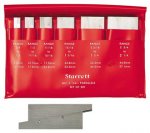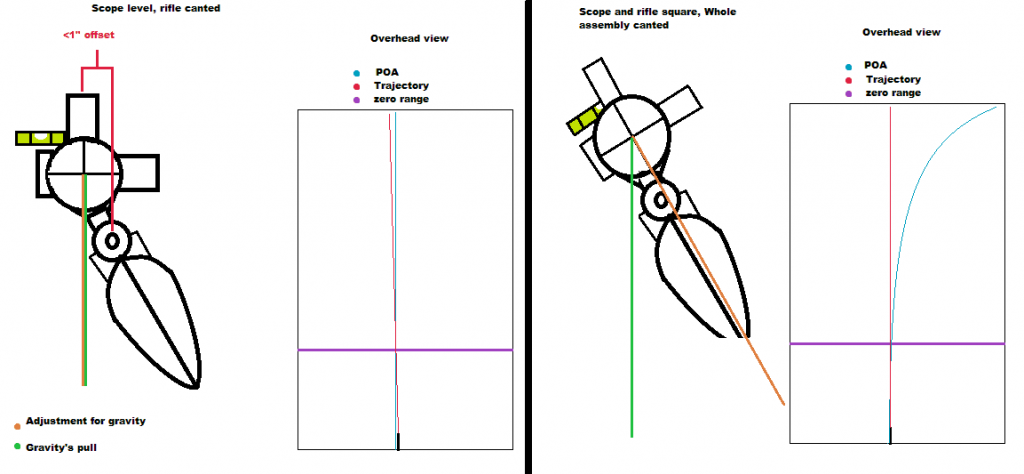I put a level on top of the elevation turret (remove as much of the turret as I can to get to the "guts"). Then I level that off with gravity. Install the level that clamps onto my scope, and level it to the elevation turret.
Scope is then level with gravity in the place that adjusts for gravity. Then I mount the scope while holding the rifle to get the correct eye relief and rifle "cant" to fit me best.
I see a lot of paranoia about having the scope not DIRECTLY over the center of the bore. Not justified, IMO. I just posted about this in the "ELR" section, but do the math.
For example, say your scope is 1 full inch to the left of your bore center when the scope is level. You can do a 100yd elevation zero, and a 200yd windage zero. Watch what happens.
100yd, POI is .5" right of POA, 200yd it's dead on, 300yd, POI is .5" left of POA, 400yd, POI is 1"left, 500, 1.5" left, etc. 1000yd, your POI is 4" left of POA. So less than 1/2 MOA offset at 1000yd, and smaller the closer in you are... That does not include spin-drift, which would cancel out some (all?) of that at longer ranges.
The physical offset of 1" left of bore pales in contrast to a 3-5 degree cant in the elevation turret.
edit: I should add, I think it's pretty important in the long-range game to have a level on your scope. For the longest time I thought I was capable of eyeballing it and consistently keeping things level. After trying my first scope level, what I found was that I was consistent... Consistently canting to the right. Immediately I looked back at my LR experiences and it became very clear. I had a TON of rounds impact to the right of my POA at 600-1000yd, even when the wind was blowing right to left. Your gear is only as accurate as you set it up.





